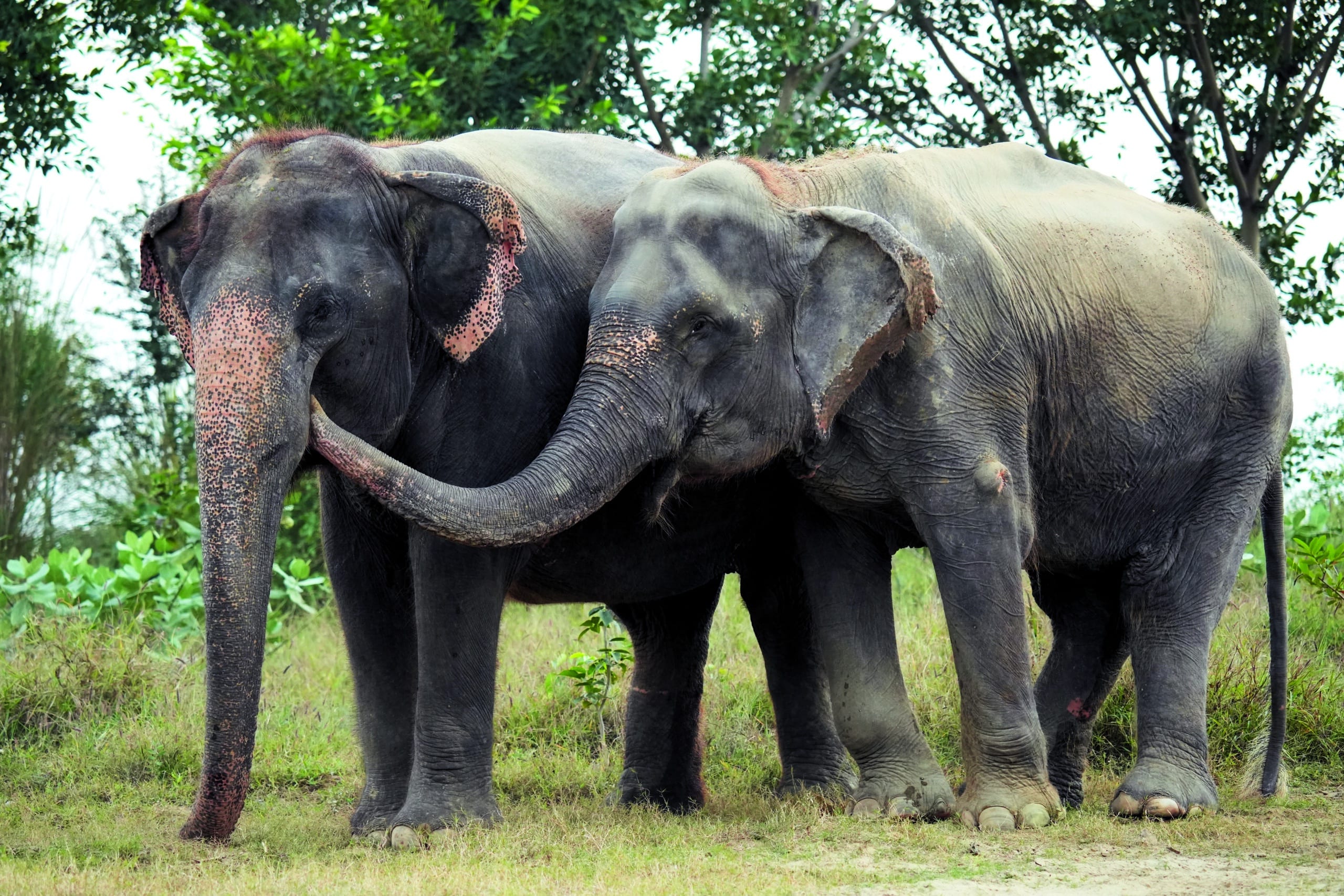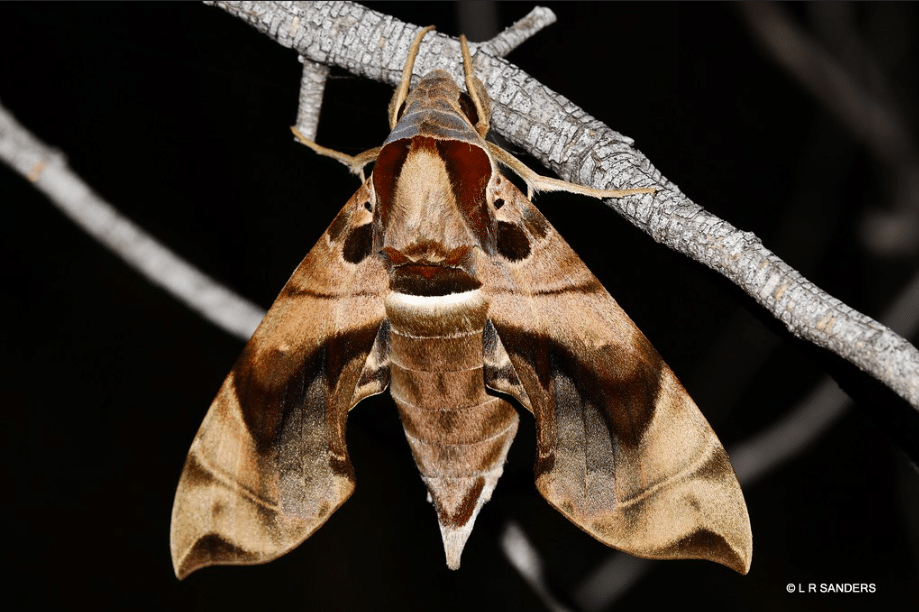You might remember Kalpana—I am happy to report that this year she celebrates her fifth rescue anniversary at Wildlife SOS. Formerly exploited and abused as a ‘begging’ elephant in Uttar Pradesh, Kalpana was rescued in 2019 and brought to the Wildlife SOS Elephant Hospital Campus (EHC) in Mathura for comprehensive...
The 17th meeting of the Conference of Parties to the Convention on International Trade in Endangered Species of Wild Flora and Fauna (CITES CoP17) has come to an end, and while there were some disappointments, overall HSI is pleased with the successes achieved for a range of species.
This meeting was the biggest since CITES was forged in 1975 with the most proposals and delegates ever in attendance including 183 nations that are Party to CITES. As usual, a range of diverse and important issues were discussed and HSI was excited to have a strong team of wildlife experts in attendance from our international offices, representing both ourselves and the Species Survival Network, an international coalition of over eighty non-government organisations committed to the promotion, enhancement, and strict enforcement of CITES.
A major win at CITES: eight species of pangolins were adopted under Appendix I, banning trade unless in exceptional circumstances.
The CoP began on the 24th of September, and finished in plenary on the 4th October, a day earlier than anticipated. Some of the proposals heard in the first few days of the CoP, were those to list all eight species of pangolins under Appendix I of CITES, which bans trade unless in exceptional circumstances. Pangolins are scaly anteaters, and are recognised as the most highly trafficked mammal in the world. HSI was one of the major contributors in the pangolin proposals, and we are filled with relief that after the final plenary all of the species were confirmed as being given the highest CITES possible protection.
A proposal put forward to permit trade in white rhino horn was luckily rejected.
On elephants and rhinos there was both good and bad news. Firstly, Swaziland’s proposal for Appendix II listing of their southern white rhino population, which would have permitted trade in white rhino horn was rejected. 100 parties, including Australia, opposed the downlisting which would have increased the risk of illegal rhino horn trade. Legal trade on white rhino horn would undermine conservation efforts for the species. HSI were thoroughly supportive of the opposition to this proposal.
In other great news, domestic markets for ivory were recommended to be closed immediately. Often legal trade in wildlife specimens provides a front for illegal trafficking, and with a huge rise in poaching and the illegal wildlife trade seen in recent times, the adoption of this commitment by CITES Parties cannot have come soon enough. HSI looks forward to discussing this issue further with the Australian Government.
On other elephant proposals, Namibia and Zimbabwe had complementary proposals up for adoption which would have deleted the annotation of their elephant populations under Appendix II of CITES in an attempt to open up trade in elephant specimens i.e. ivory, without any restrictions. CITES Parties, including Australia, thankfully almost unanimously rejected this proposal. Unfortunately, a third proposal by a number of African countries to uplist all populations of African elephants from Appendix II to Appendix I was unable to get the required amount of support from Parties to succeed. Australia and New Zealand both voted in support of this proposal which would have seen international commercial trade in African elephant ivory stopped, simplified enforcement and sent a clear message to halt the potential extinction of African elephants.
However, countries such as Namibia declared that they would unequivocally take out reservations on the proposal if adopted, opening up their elephant populations to unrestricted trade. As a result, the European Union, and United States felt it was therefore unable to support the proposals which resulted in the rejection of the proposal. Fortunately, Australia has already legislated stricter domestic measures on trade on elephant ivory and rhino horn, which will assist in limiting poaching and trafficking. Efforts to get greater protection for all elephant populations will no doubt continue.
A win for Mobula rays as they made it to Appendix II meaning higher protection.
Another of HSI Australia’s key focusses, the marine species proposals, were a great success. Thresher sharks, silky sharks and mobula ray proposals to list these species on Appendix II were all adopted despite opposition from Japan and Iceland, following voting by secret ballot. The co-proponents of the proposal agreed to 12 and 6-month implementation delays for shark and rays respectively in order to allow time for Parties to enact CITES legislation effectively, and help enforcement.
The sharks and rays listed at this CoP are highly affected by international trade for their fins and gill plates. Thresher sharks are the most at risk pelagic shark species to extinction, so listing on Appendix II should assist in the conservation and sustainable management of thresher stocks, as it will for silky sharks and mobula rays. HSI strongly believes that the listing of these sharks and rays reflect a seismic shift in the way the world views and conserves sharks and congratulate CITES Parties for taking these important decisions.
Nautilids also made it to Appendix II, to ensure their protection against trade.
Also welcomed by HSI was the listing on Appendix II of Nautilids. For many years HSI has been trying to get Nautilids, a unique marine species which are easily over exploited by trade, proposed by CITES Parties to ensure their protection from trade through listing on Appendix II. Nautilids live on steep reef slopes at a depth of 200-700m which live their whole life in the same habitat. There is no potential for distribution or dispersal for the species, so once a local population is fished out, there is no chance of recovery. Currently, even with low fishing pressure, most populations will be depleted in 10-20 years, which is why an Appendix II listing is so important and much welcomed by HSI.
One of the biggest losses at CITES CoP17 was the failure to list all African lion species on Appendix I. Instead, CITES Parties agreed by consensus to an Appendix II listing with a zero export quote for wild lions, which also offers a ban on trade in lion bone. Unfortunately, amendments of the proposal included the allowance of trade in skins for captive bred lions in South Africa, Namibia, Zimbabwe and Tanzania.
This won’t prevent trophy hunting nor stop hunters shipping them back to the hunter’s home country. HSI was very disappointed with this outcome, and will continue to fight for better protection for lions, and put an end to canned hunting.
Lastly, African grey parrots were afforded Appendix I protection. African grey parrots are one of the most widely traded birds for the exotic pet trade. Although many are bred in captivity, up to an estimated 18,000 birds are removed from the wild each year, mainly in the Democratic Republic of Congo. The Appendix I listing will offer the species much needed protection through the halt of international trade.
All in all, CITES CoP17 was a success for most species, and HSI will continue to work to ensure that all species gain the increased protection and enforcement needed to limit population loss and wildlife trafficking. The next CITES CoP is set for Sri Lanka in three years, where further animal proposals will be considered and hopefully, more positive steps for animals adopted. HSI will once again be there and we will continue to work in the coming years to ensure wildlife trade matters remain at the front of Governments minds in Australia and worldwide.








